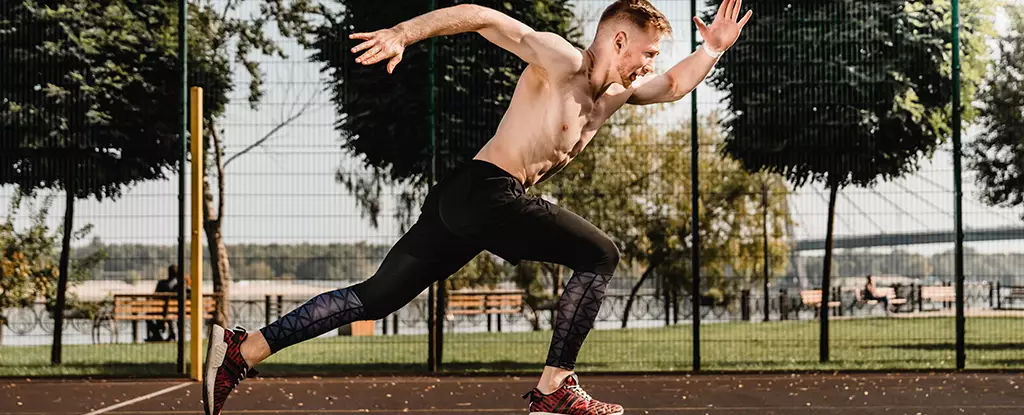Exercise is often heralded as a cornerstone of healthy living, celebrated for its myriad physical and mental benefits. Regular moderate activity aids in weight management, reduces the risk of chronic diseases, and boosts overall mood and well-being. However, the landscape of exercise is not entirely devoid of pitfalls, especially when it comes to extreme or vigorous physical exertion. This was the focus of a 2023 study led by biomedical scientist Ernesto Nakayasu from the Pacific Northwest National Laboratory, which examined the immune responses of firefighters subjected to intensive physical activity. The findings suggest a potential compromise of immune function in those who frequently engage in high-intensity workouts.
The researchers’ investigation involved an extensive analysis of over 4,700 post-exercise fluid molecules collected from 11 firefighters. By evaluating samples of blood plasma, urine, and saliva before and after a demanding 45-minute exercise session, the study aimed to uncover the biochemical reactions of the body during states of physical exhaustion. The firefighters were tasked with hauling heavy gear over hilly terrain—a simulation intended to mirror the rigorous physical demands they encounter during emergency situations.
According to Burnum-Johnson, a bioanalytical chemist on the study, this research sought to pioneer an understanding of the dynamics at play in the immune system immediately following strenuous exercise. Their findings revealed disturbing trends that might put firefighting professionals—along with other physically demanding occupations—at greater risk for viral respiratory infections due to potential immune suppression induced by extreme exercise.
At the heart of these findings was a notable decrease in inflammatory molecules within the participants’ saliva. While this was juxtaposed with an increase in opiorphin, a molecule associated with enhancing blood flow to muscles, the implications for immune function remained ambiguous. Nakayasu and his colleagues hypothesized that the reduction in inflammation could be an adaptive mechanism aimed at optimizing gas exchange during intense physical exertion. Nevertheless, the distinction between beneficial adaptations and detrimental suppressive effects on immunity remains contentious.
The researchers also observed changes in the oral microbiome among participants, driven by an increase in antimicrobial peptides post-exercise. Initially, this might suggest a compensatory mechanism to offset immune suppression; however, the peptides seemed ineffective against E. coli growth, raising questions about their protective capabilities in the oral cavity. This inadequacy highlights the complexity of the immune system and suggests that there may be limits to the body’s self-defensive strategies during periods of extreme stress.
The immune response is inherently influenced by various factors, including exposure to environmental pathogens, individual health status, and lifestyle choices. Firefighters, for instance, are regularly exposed to harmful pollutants and biological agents, potentially further complicating their immune profiles. The current study focused solely on healthy, active male subjects, pointing to a gap in understanding how these effects may manifest in women or individuals with differing health conditions.
Importantly, the findings align with previous research that indicates a correlation between strenuous physical demands and an increased susceptibility to respiratory infections. Despite the study’s limitations, including its sample size and specific demographics, the commitment to understanding exercise’s nuanced effects on immune health represents a pivotal step toward informing best practices for those in physically demanding professions.
In light of this research, it’s crucial for extreme exercise enthusiasts, athletes, and emergency personnel to adopt a more nuanced approach to their training regimens. While the health benefits of regular exercise are indisputable, it’s essential to recognize that excessive exertion can have unintended consequences. The discourse surrounding intense training should evolve, emphasizing a balance that promotes both physical fitness and robust immune function.
Future studies are warranted to expand on these findings and explore the immune responses across a wider range of populations. Understanding the intersection of vigorous exercise and immunity will continue to be vital, especially in an era where physical fitness and emergency response play critical roles in public health.

